- 02 9712 1736
- [email protected]
- 212 Great North Road, Five Dock, NSW 2046
- Open 7 days a week
Osteoarthritis is a common condition that affect millions worldwide. As we age, the likelihood of developing osteoarthritis increases. As such, it may be of interest to you, to understand this condition even if you may not be experiencing the effects of osteoarthritis yet. Osteoarthritis is also sometimes referred to as degenerative joint disease. It is the gradual wearing down of your cartilage and bone, which leads to discomfort and limited mobility. Understanding its risk factors and adopting healthy habits can help mitigate its impact. In this blog, we will explore the facts about osteoarthritis, from its causes to practical ways to manage and prevent it. Whether you are starting to notice joint stiffness or simply want to be proactive about your joint health, join us in learning more about osteoarthritis and how to live with this condition.
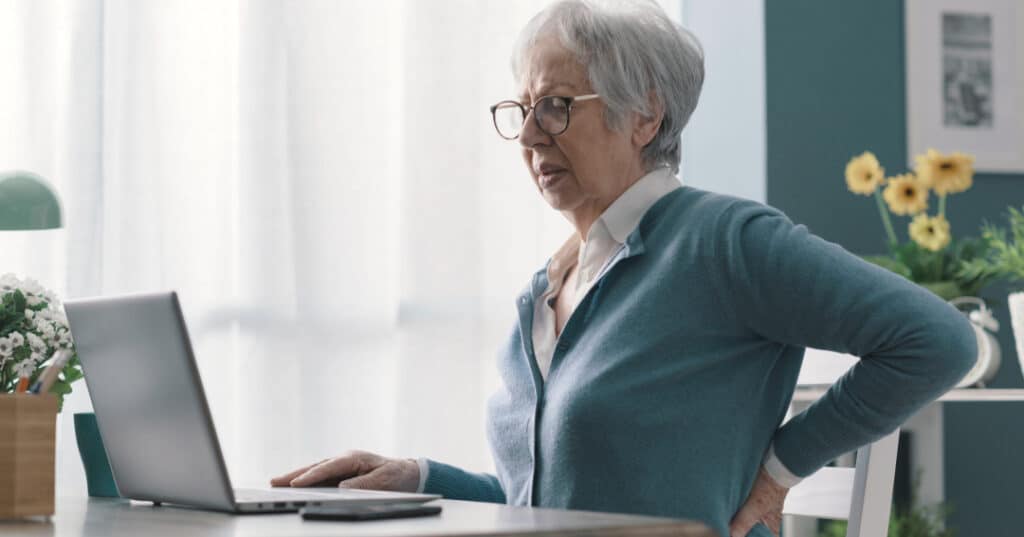
Osteoarthritis is a condition that affects the joints in the body. As you may already know, joints are structures in the body where two or more bones meet and articulate. At the ends of your bones are protective cartilages. These protective cartilages can wear down either over time or as a result of overuse.
As the cartilage wears away, the space between the end of your bones narrows, and bones may begin to rub against each other, causing further damage and inflammation. This leads to significant pain, stiffness, and reduced mobility in the affected joints. Weight-bearing joints like the knees, hips, and spine, tend to be affected first, but it can also occur in other joints such as the hands, wrists, shoulders, and ankles.
In this post, we will explore how osteoarthritis can become an issue, specifically in the lower back. To do so, we need to first understand the anatomy of the lower back.
Deep in your lower back is the lumbar spine, which consists of five vertebral segments (L1-L5) stacked one on top of another. Between each vertebral segments are intervertebral discs that act as shock absorbers. Vertebral segments are connected to other segments directly above and below via facet joints, which also allow for spinal movement. Within each vertebral segment is a space to allow the spinal cord to pass through while being protected within the spine. This is known as the central canal, or the spinal canal. There are also openings on either sides of the spine between adjacent vertebral segments through which spinal nerves exit the spinal cord and travel to other parts of the body. These are called lateral canals, or the neural foramina.
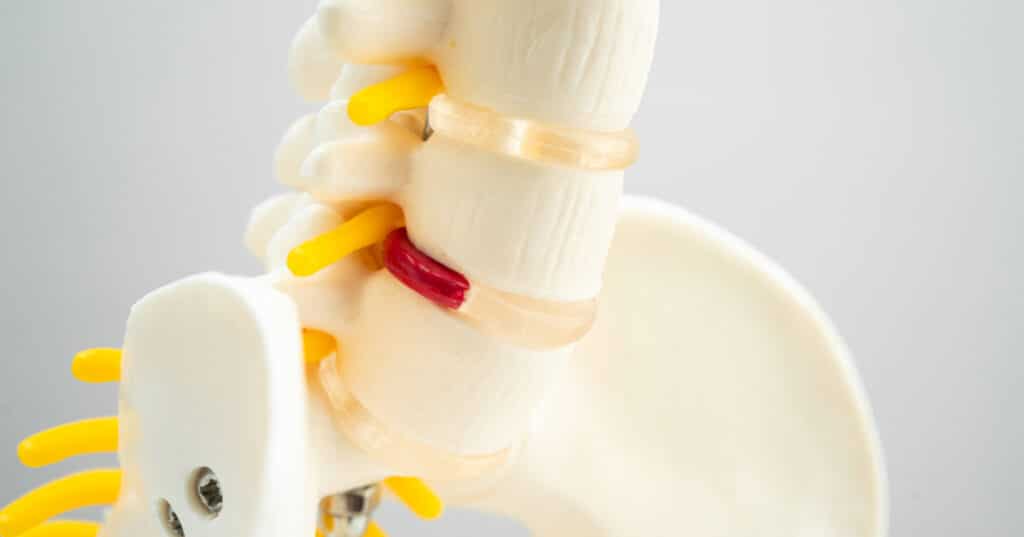
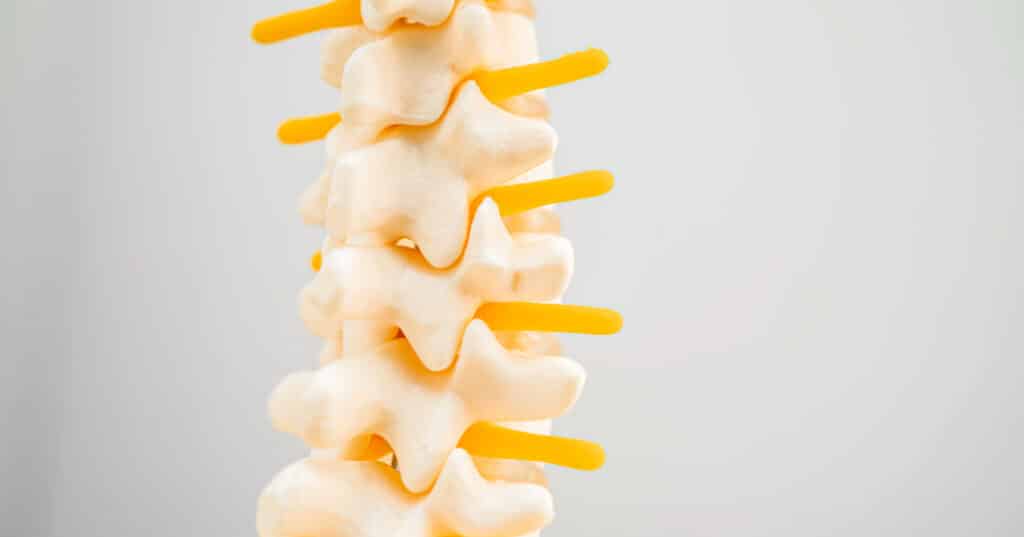
In the lower back, osteoarthritis can affect both the intervertebral discs and the facet joints.
Both disc degeneration and facet joint arthritis can contribute to lower back pain, stiffness, and reduced range of motion.
In addition, osteoarthritis-related changes in the spine can sometimes result in narrowing of the passages where nerves run, including the central canal and the lateral canals, leading to nerve compression, causing symptoms such as sciatica (pain radiating down the leg) or numbness and weakness in the lower extremities.
The narrowing of these spinal passages due to osteoarthritis can lead to various neurological symptoms and contribute to the overall pain and dysfunction experienced by individuals with lumbar spine osteoarthritis.
Diagnosing osteoarthritis in the lower back typically involves a physical examination, medical history review, and imaging tests such as X-rays or MRI scans. These tests can help determine the extent of osteoarthritis-related changes within your lumbar spine and rule out other possible causes of your symptoms.
Various factors are known to contribute to the development of osteoarthritis-related changes:
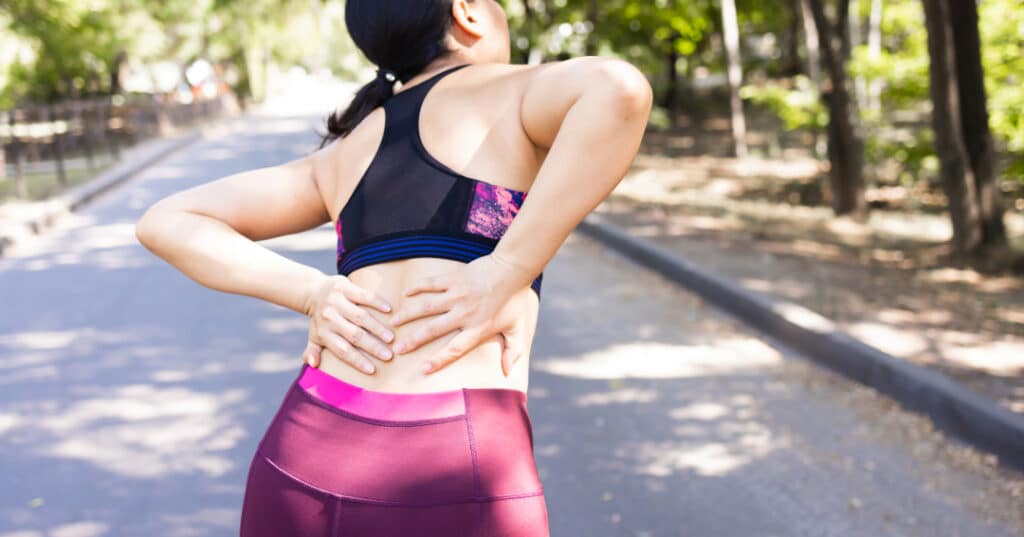
Here are some strategies to manage osteoarthritis:
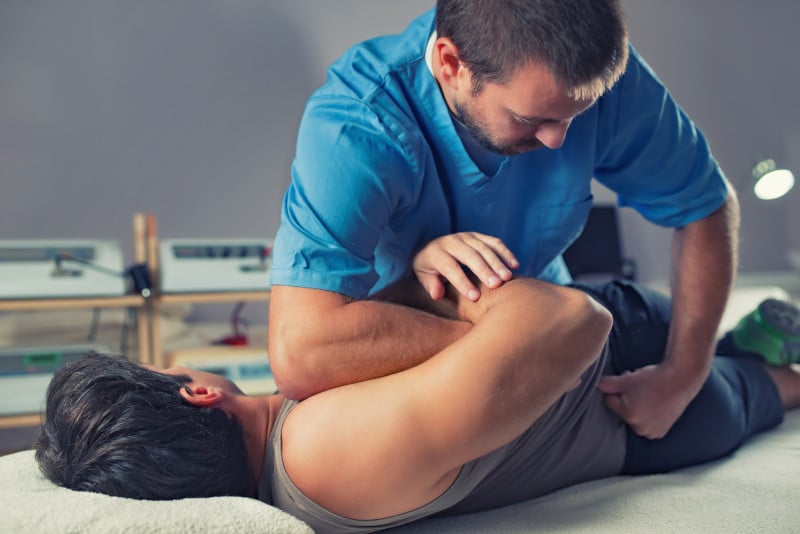
At Five Dock Osteopathic and Chiropractic Centre, we tailor our treatment to reduce your pain and improve your mobility by addressing changes to your musculoskeletal system as a result of osteoarthritis. This means spending time working on your muscles and your joints separately.
We provide hands-on soft tissue massage to alleviate muscle tension and pain that builds over time as the body compensates for reduced mobility in your joints. Where appropriate, we use spinal manipulation techniques and traction technique to improve joint space and joint mobility, to reduce stiffness, increase flexibility, and relieve pressure on affected joints. We will also have a look at your posture and movement. Poor posture and movement pattern can put unnecessary stress on your joints which may lead to osteoarthritis-related changes taking place earlier than they should. We will provide you with stretches and exercises to correct issues that we find, and maintain your joint health. We will teach you how to reduce the amount of wear and tear that you subject your joints to, and in doing so, maintain your quality of life for longer.
Failure to seek diagnosis and treatment for osteoarthritis in the lower back can lead to worsening symptoms, decreased mobility, and reduced quality of life. As permanent structural changes in your joints become more extensive, conservative treatment may no longer be enough to manage your condition. Physical therapy cannot reverse structural changes including loss of cartilage and development of bone spurs. Surgery in the lower back may become the only option remaining that can provide relief. Common surgical options include spinal fusion, laminectomy, and discectomy. Early intervention is crucial for managing this condition effectively.
Living with osteoarthritis in your lower back may require making lifestyle changes to manage your symptoms. This may include the following:
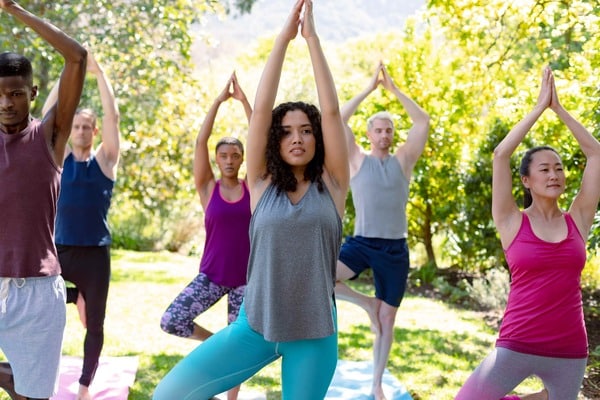

Seeking early treatment for osteoarthritis in the lower back is important for preventing further joint degeneration and improving mobility. Treatment can help manage symptoms and improve your quality of life.
Building strength and stability in the muscles surrounding your lower back can help support your spine and reduce the risk of injury. Physical therapy exercises can help improve muscle strength and flexibility.
Staying active is important for maintaining joint mobility and overall health. Low-impact exercises such as walking, swimming, or yoga can help improve flexibility and reduce pain.
Osteoarthritis in the lower back can be a challenging condition to manage, but with the right approach, you can reduce pain, improve mobility, and maintain a good quality of life. By working closely with your healthcare team and adopting healthy lifestyle habits, you can effectively manage osteoarthritis and its impact on your lower back.
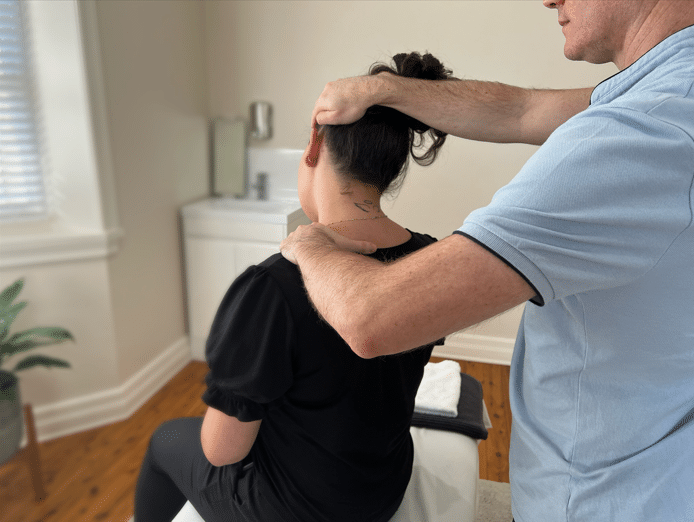
Forest Lodge, Annandale, Glebe, Leichhardt, Balmain, Haberfield, Canada Bay, Rozelle, Rodd Point, Wareemba, Stanmore, Petersham, Lilyfield, Hunters Hill, Enfield, Cabarita, Mortlake, Rhodes, Burwood Heights, Birchgrove, Gladesville, Huntleys Point, Abbotsford, Ashfield, Croydon Park, Croydon, Chiswick, Russell Lea, Burwood, Strathfield, Concord, Drummoyne, North Strathfield, Liberty Grove, Dulwich Hill, Lewisham, Camperdown, Ashbury, Homebush, Homebush West, Woolwich, Henley, Summer Hill, Sydney Olympic Park
212 Great North Road, Five Dock, NSW 2046
Onsite parking available
Phone: 02 9712 1736
Email: [email protected]

About
Five Dock Osteopathic & Chiropractic is located in Canada Bay, in Sydney’s Inner West. Servicing suburbs including Burwood, Croydon, Drummoyne, Five Dock, Haberfield, Concord, Abbotsford, Chiswick, Leichhardt, Wareemba, Russell Lea, Summer Hill, Strathfield.
Clinic hours
Monday, Tuesday, Thursday 7AM – 7PM
Wednesday, Friday 7AM – 6PM
Saturday 7AM – 2PM
Sunday 8AM – 2PM
Contact details